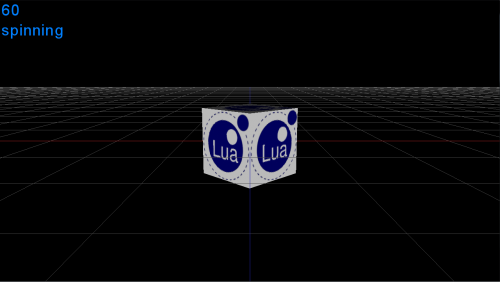A GNUnet official, has submitted a request to the IETF, the Internet Engineering Task Force, the organization responsible for developing and promoting Internet standards. GNUnet is a part of the GNU project.
Titled “Special-Use Domain Names of Peer-to-Peer Name Systems,” the draft makes a request to reserve the following Top-Level Domains (TLDs): .exit, .i2p, .gnu, .onion and .zkey for use by the GNUnet, I2P and Tor peer-to-peer overlay networks.
The requested TLDs are not true TLDs, but rather, they are pTLDs, or pseudo-top-level domains, because they can function outside the Internet Domain Name System.
The request spells out what the request pTLDs mean.
1. .gnu “is used to specify that a domain name should be resolved using GNS instead of DNS.”
2. .zkey, for compressed public key, “is used to signify that resolution of the given name MUST be performed using a record signed by an authority that is in possession of a particular public key.”
3. .onion, for hidden service, “designates an anonymous Tor Hidden Service reachable via the Tor network.”
4. .exit, for client source routing, “is used as an in-band source routing control channel, usually for selection of a specific Tor relay during path creation as the last node in the Tor circuit.”
5. .i2p “pTLD provides accessibility to anonymous services (“eepsites”) within the I2P network.”
The IETF Special-Use Domain Names, has a Request for Comments (RFC) number 6761. Details about RFC 6761 are available here.
The introduction to GNUnet’s request follows:
This document is an IESG Approval document requesting the reservation of five pTLDs for special use: “.gnu”, “.zkey”, “.onion”, “.exit”, and “.i2p”. They relate to peer-to-peer systems that, given their decentralized design, do not require a central authority to register names.
The GNU Name System (GNS) (“.gnu”, “.zkey”), the Tor network (“.onion”, “.exit”), and the Invisible Internet Project (“.i2p”) use these pseudo-Top-Level Domains (pTLDs) to realize fully-decentralized and censorship-resistant secure alternatives for DNS or, in the case of the “.exit” pTLD, to control overlay routing and to securely specify path selection choices [TOR-PATH].
To facilitate integration with legacy applications, the overlay’s namespaces can be accessed from applications to resolve these special TLDs, for example via specialized SOCKS proxies [RFC1928], specialized DNS servers, or transparent name resolution and ephemeral address mapping.
This document describes the proposed special treatment for each of these five pTLDs below following the questions from [RFC6761], section 5.
You may read the complete draft request here. The announcement for this request was originally published at GNUnet.org.







